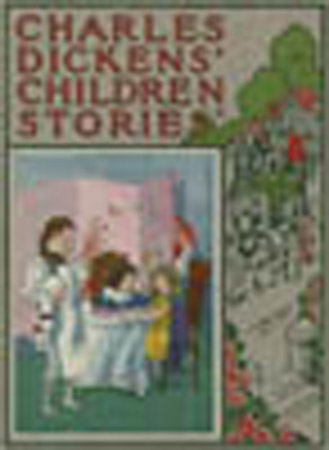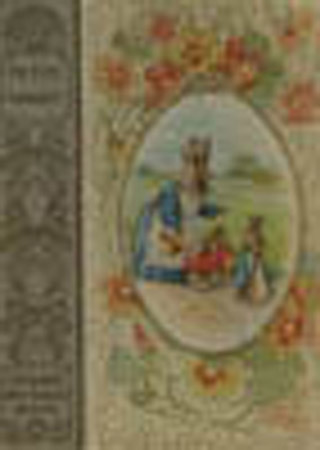| At first it may seem to be an overwhelming task.
You have a book in your hand and have no idea how to determine what you
have. The only
information may be the name of the publisher listed on the title page.
This short summary
hopefully will help you. If you need more information, be aware that
any Altemus book can be identified exactly
with information that is found in the bibliography.
1. First determine
whether your book was published by Altemus & Co., Henry Altemus
or Henry Altemus Company. This can be seen by looking at
the bottom of the title page. Henry Altemus incorporated in 1900. That
means that from 1900 on the title page says Henry Altemus Company.
Before 1900 the title page says Henry Altemus. Altemus &
Company books (photo albums, bibles and scrapbooks) were all published
prior to the 1890s.
Unfortunately
there are a few exceptions when Altemus used earlier title pages for
later books. The cover format always takes precedence. Examples of
these books are not commonly seen.
2. Next look for any
inscriptions. The book by and large was published prior to the
inscription date. Remember that frequently a book was
released at Christmas of the year before the official copyright date.
That is, the copyright may be 1905 but your inscription may say
December, 1904.
3. Look at the ads.
See if you can determine the earliest date the book can be by some of
the ads. Juvenile series books were first
published in 1909.
4. Note the dust
jacket. All Altemus books came originally in jackets or boxes with the
exception of a few paperbacks. If the dust jacket is
of the brown uncoated type, the book was published in 1914 or earlier.
Later jackets are of the white coated type.
5. See if an address
is present in the back of the book. Altemus moved from Cherry Street to
Vine Street in 1913.
6. Altemus frequently
put the original copyright date on the title page of their later
reprints. Young People's Library books and Peter
Rabbit books are the most commonly seen.
7. The most difficult
books to date are the books of the publisher's reprint series. Series
such as the Vademecum, Petit Trianon, Beauxarts
etc. were published from the early 1890s until the 1920s. These
multi-volume, multi-author series of reprints changed their highly
decorated covers yearly. It can be impossible to determine the year of
publication by analyzing the book itself. See http://henryaltemus.com/publishers/index.htm
for pictures of most of the possible covers and the dates of
publication.
8. The ubiquitous
Young People's Library books were published from 1895 to 1932. During
the course of their publication run they were
printed in 4 different formats. The ads usually can be used to date
these books. The spine patterns divide the four formats quite easily.
See the bibliography.
9. If it says "Printed
in the United States of
America" on the bottom of the copyright page, the book was published in
1922 or later.
Here are some more
specific aids:
1. Wee Books for Wee Folks books did not have the paste on cover (the
appliqué) until 1918.
2. No suede books were published before 1902.
3. With the exception of the Dore masterpieces, Altemus did not publish
any books for reading until after 1890. Do not think your
Altemus book was published in the 1860s. It is wishful thinking.
4. With very few exceptions, your literary Altemus book is not a first
edition. Those Emerson's, Arthur Conan Doyle's, Kipling's, Lewis
Carroll's, Dickens' etc. are all just reprints.
5. Don't be fooled by a preface date. When Altemus reprinted books from
the 1890s to 1930s, it frequently reprinted everything including the
original preface. A book with a preface dated in the 1850s, 1860s etc.
was published at that time by its original publisher. The Altemus book
is just a late reprinting. This dating error is a frequent mistake made
by book selling novices. They see the old preface date and instantly
think that their book is an original edition.
|

